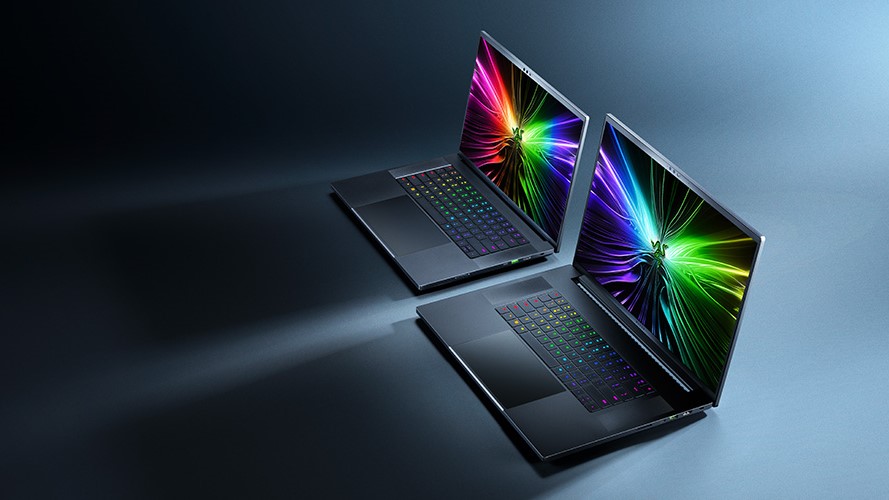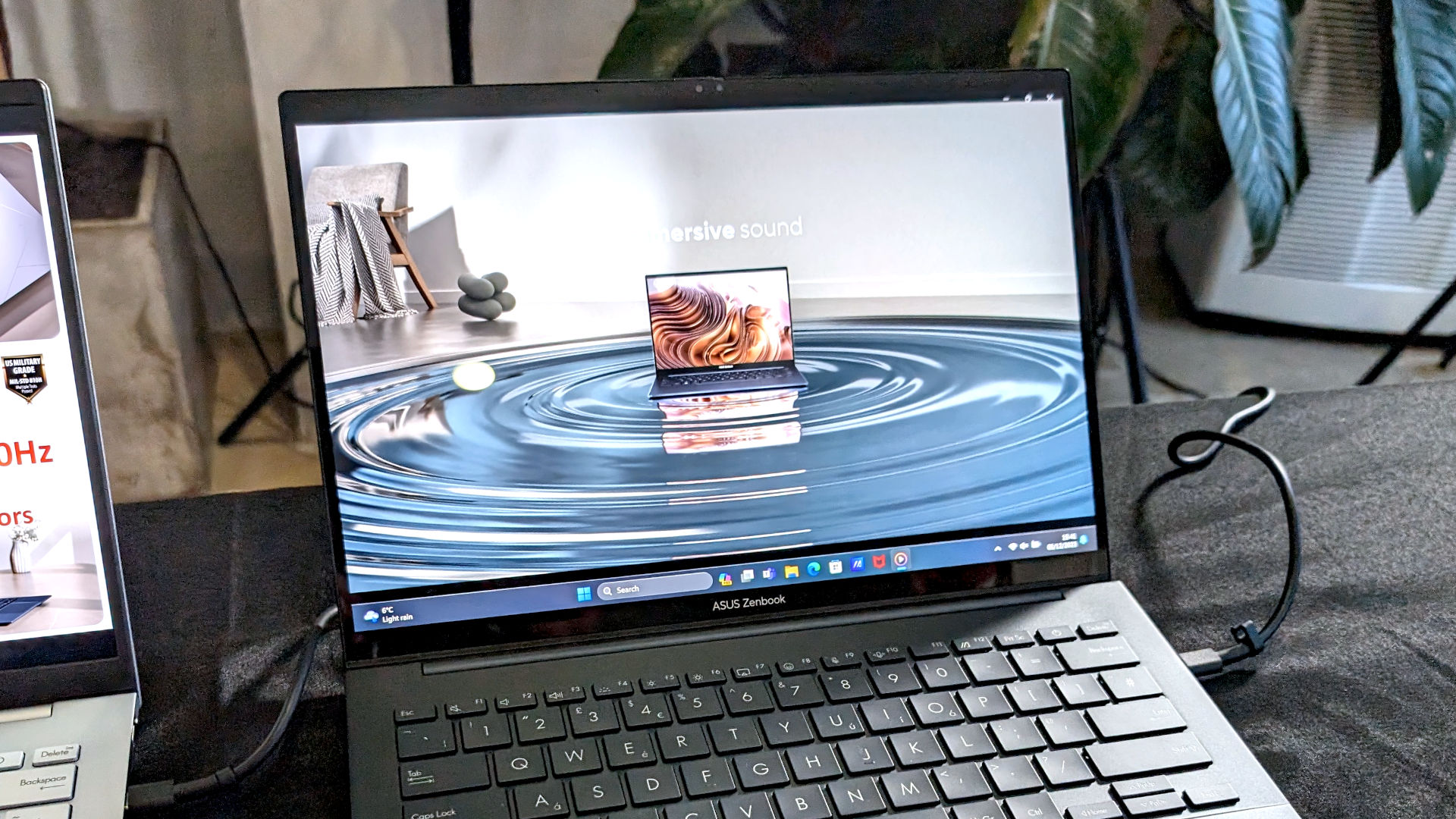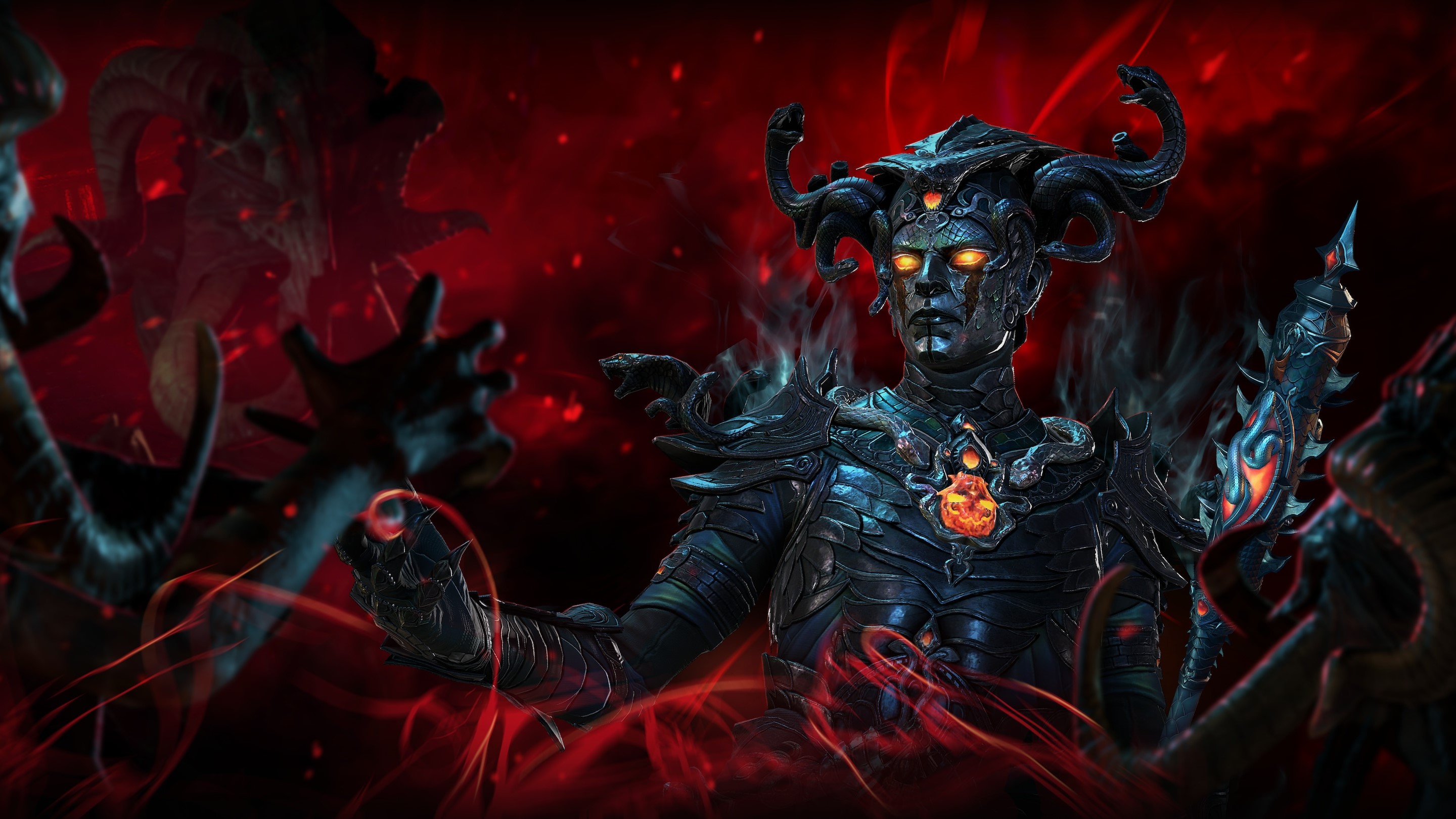Razer did NOT unveil the Blade 16 and Blade 18 today, but it did hype up the laptops' displays, and with good reason
The Razer Blade 16 has a 16-inch OLED screen with a 240Hz refresh rate, which is a world first.

What you need to know
- Razer shared details about the displays of the Blade 16 and Blade 18 ahead of CES 2024.
- The Blade 16 features a 16-inch QHD+ OLED screen with a 240Hz refresh rate.
- The panel on the Blade 16 is also VESA Certified ClearMR 11000 and has a 1 million: 1 contrast ratio.
- The Blade 18 has an 18-inch 4K screen with a refresh rate of 165Hz and support for NVIDIA G-Sync.
- Razer will share more details about the Blade 16 and Blade 18 at CES 2024, which officially begins on January 9.
If you're waiting with bated breath to see everything the new Razer Blade 16 and Razer Blade 18 have to offer, I'm sorry to say you'll be disappointed today. But Razer did tease its new laptops by sharing the groundbreaking displays that they'll feature. The Razer Blade 16 will feature a 16-inch OLED screen with a 240Hz refresh rate and the Razer Blade 18 will have an 18-inch 4K panel with a 165Hz refresh rate. Both of those are world firsts, according to Razer.
The displays of the Blade 16 and Blade 18 are Calman certified to be accurate when opened. They also have DCI-P3 100% color coverage. Both screens have 16:10 aspect ratios and up to 89% screen-to-body ratios.
High refresh rate OLED screen
The Razer Blade 16's OLED screen has a 240Hz refresh rate and a 0.2ms response time. Those specs should help ensure smooth gameplay of the best PC games, assuming Razer packs powerful internals into the laptop. That screen has a QHD+ (2560 x1600) resolution as well.
In what Razer hypes as another world first, the Blade 16 is the first VESA CertifiedMR 11000 laptop. That certification means the laptop minimizes blurring and ensures sharpness.
The Blade 16 is also VESA DisplayHDR True Black 500 certified and has a 1 million: 1 contrast ratio.
"VESA’s standards are designed to elevate display performance and gaming experiences. We applaud Razer’s efforts in securing VESA’s ClearMR and DisplayHDR True Black certifications for its new Blade 16 gaming laptop. Achieving a ClearMR 11000 rating on a laptop sets a new benchmark for clarity in gaming displays," said VESA's Executive Director Bill Lempesis.

While Razer shared a lot of world firsts and specs, the screen of the Blade 16 is what stands out to me. When ASUS unveiled the ZenBook 14 OLED with an Intel Core Ultra chip, the processor was supposed to be the star of the show, but the 14-inch 3K OLED screen with a 120Hz refresh rate stole the show.
Get the Windows Central Newsletter
All the latest news, reviews, and guides for Windows and Xbox diehards.
The Razer Blade 16 has an even faster 240Hz refresh rate, though it has a lower resolution. These types of specs weren't possible in OLED screens until recently, making it an exciting time for PC gaming on laptops.
A high-resolution option
While the Razer Blade 18's 4K 165Hz display is a world first, it is not an OLED display. It should still deliver a solid visual experience, but it won't have the benefits of OLED, such as pure blacks.
The Razer Blade 18's screen has a 165Hz refresh rate, a response time of 3ms, and supports NVIDIA G-Sync. It also covers 100% DCI-P3, which is 25% more coverage of the color space than standard sRGB delivers, according to Razer.
A tease of things to come
Razer shared its excitement over the new displays during its tease of the Blade 16 and Blade 18. "We are incredibly excited to unveil these world-first display technologies at CES 2024," said Razer Head of the Notebook and Accessories Division at Razer Travis Furst.
"The collaboration with Samsung Display on the Blade 16 and our commitment to delivering the best visual experience with the Blade 18 represent a new era in gaming laptops."
The company also promised more details about the Blade 16 and Blade 18 at CES 2024.

Sean Endicott is a tech journalist at Windows Central, specializing in Windows, Microsoft software, AI, and PCs. He's covered major launches, from Windows 10 and 11 to the rise of AI tools like ChatGPT. Sean's journey began with the Lumia 740, leading to strong ties with app developers. Outside writing, he coaches American football, utilizing Microsoft services to manage his team. He studied broadcast journalism at Nottingham Trent University and is active on X @SeanEndicott_ and Threads @sean_endicott_.
